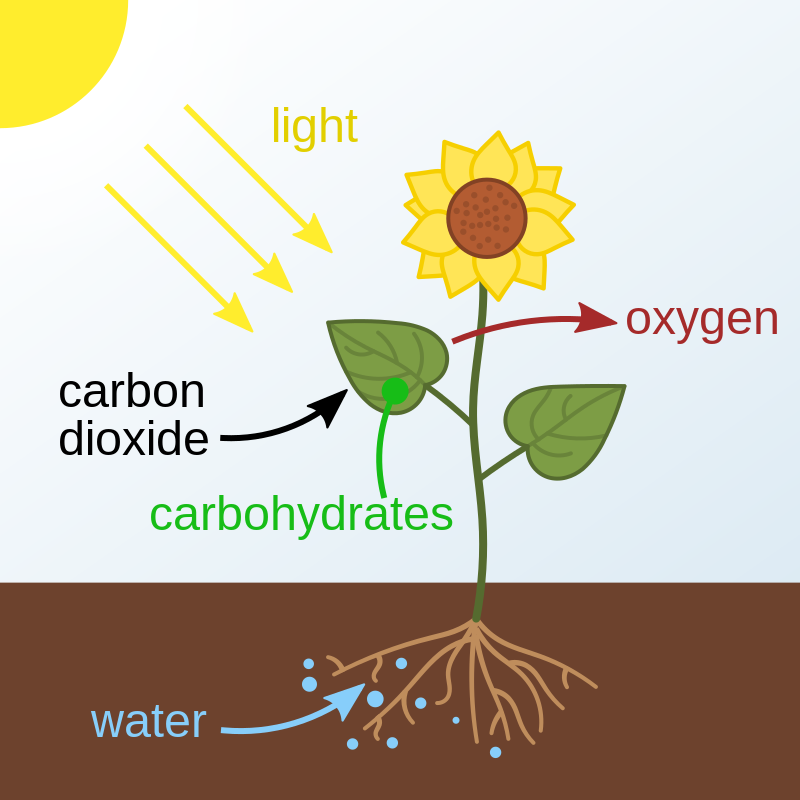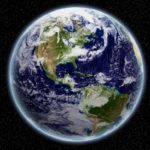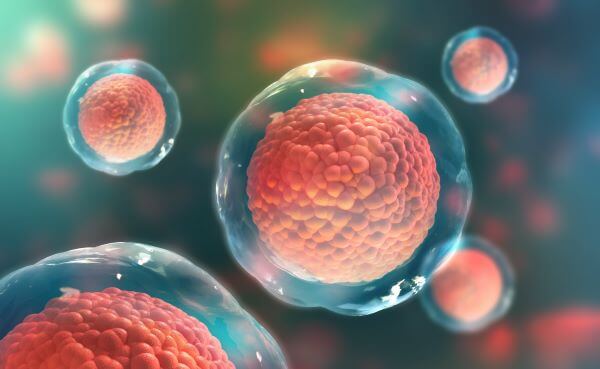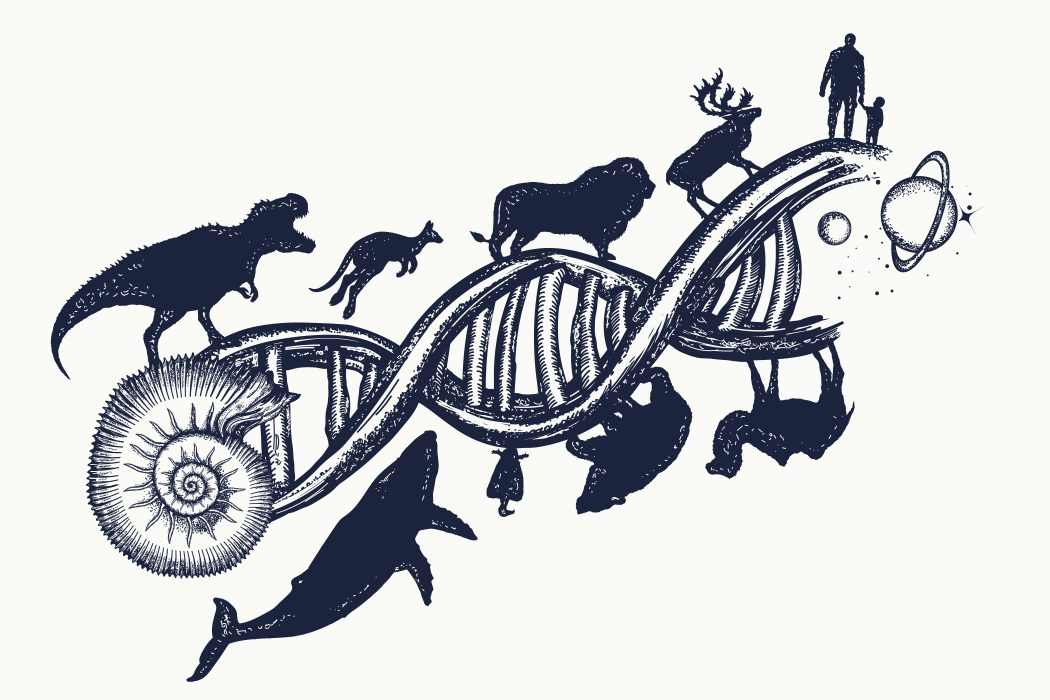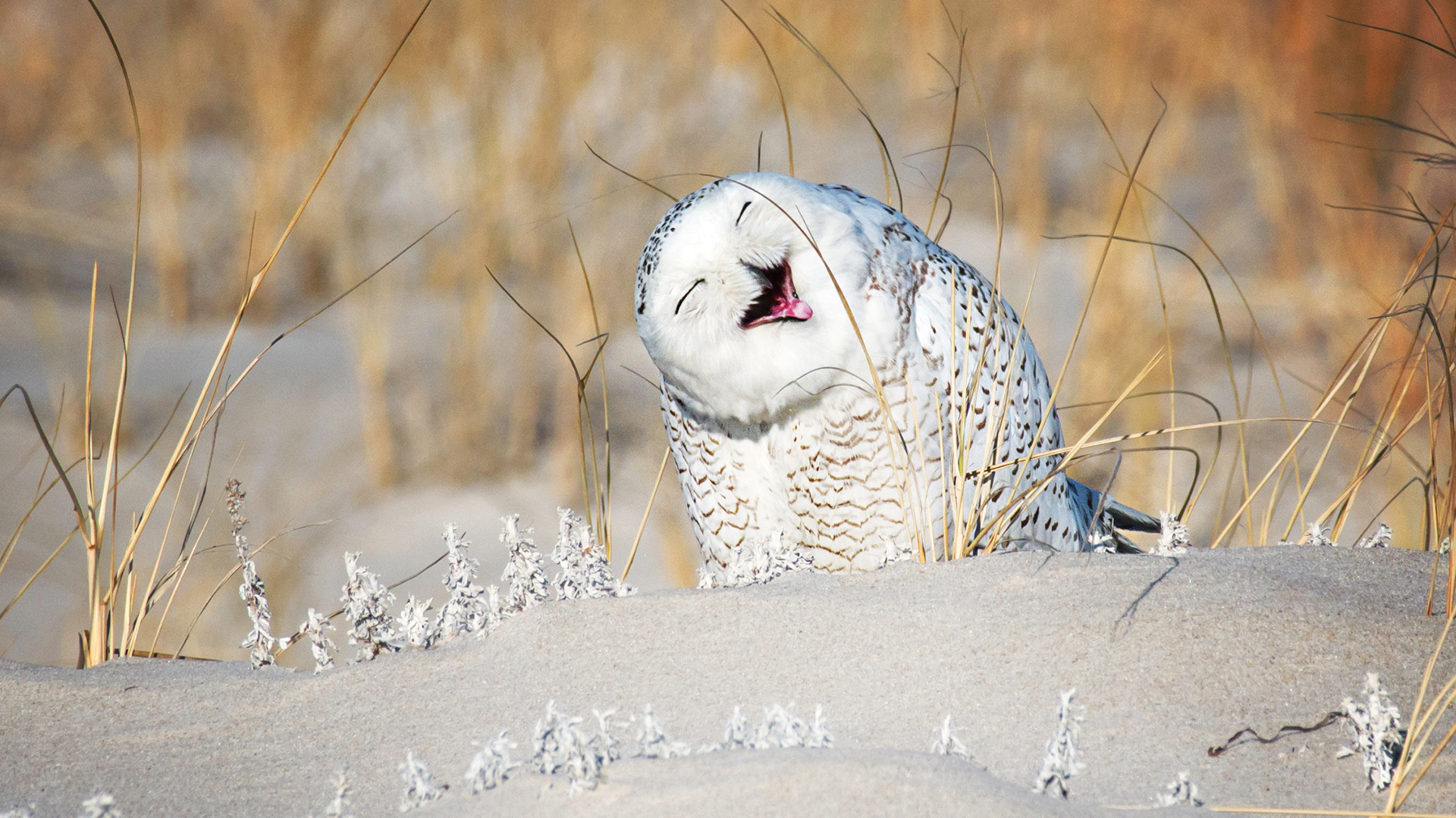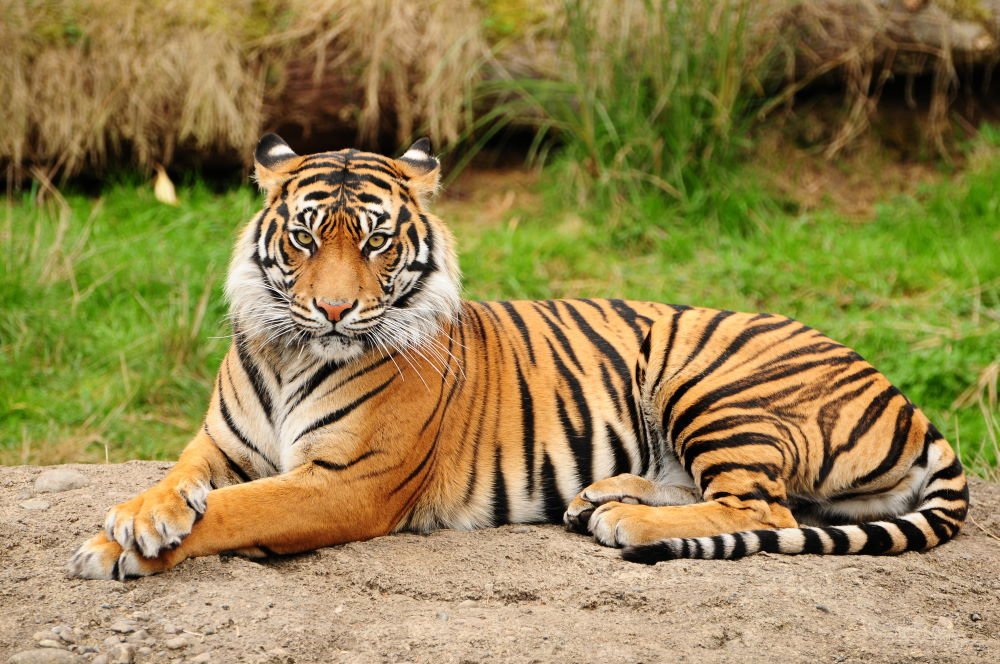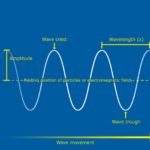All living things must have energy in order to carry on the functions of life. This energy comes mostly from a sugar, which is produced deep within plant cells, in an organelle called Chloroplasts. These chloroplasts are unique in that they have the ability to change sunlight into chemical energy that can be used by plants to create their own food. This process is called photosynthesis, and it allows plants to grow and produce oxygen gas as a by-product.
Photosynthesis occurs in two steps: light interference and carbon fixation. In the light interference step, light energy is converted into organic matter, such as ATP (adenosine tri-phosphate). This process takes place in the thylakoid membrane of the chloroplast. In the second step, carbon dioxide from the air is converted into glucose and other organic molecules using the ATP from the light interference step. This process occurs in the stroma of the chloroplast.
Plants are not the only organisms that undergo photosynthesis, but they are the only ones that produce oxygen gas as a by-product. This oxygen gas is released into the atmosphere, and it is used by animals during respiration. In this way, plants and animals rely on each other to survive.
Photosynthesis is a complex process, but it is essential for life on Earth. Without it, there would be no plants, and no animals. We humans rely on photosynthesis for the food we eat and the air we breathe.
It really is remarkable when you think about it. Using nothing more than the energy of the sun, photosynthesis combines carbon dioxide from the atmosphere with water, creating sugar. All other living things in an environment depend on this sugar, but since they can’t produce their own, they have to consume (eat) the plants in order to get it.
